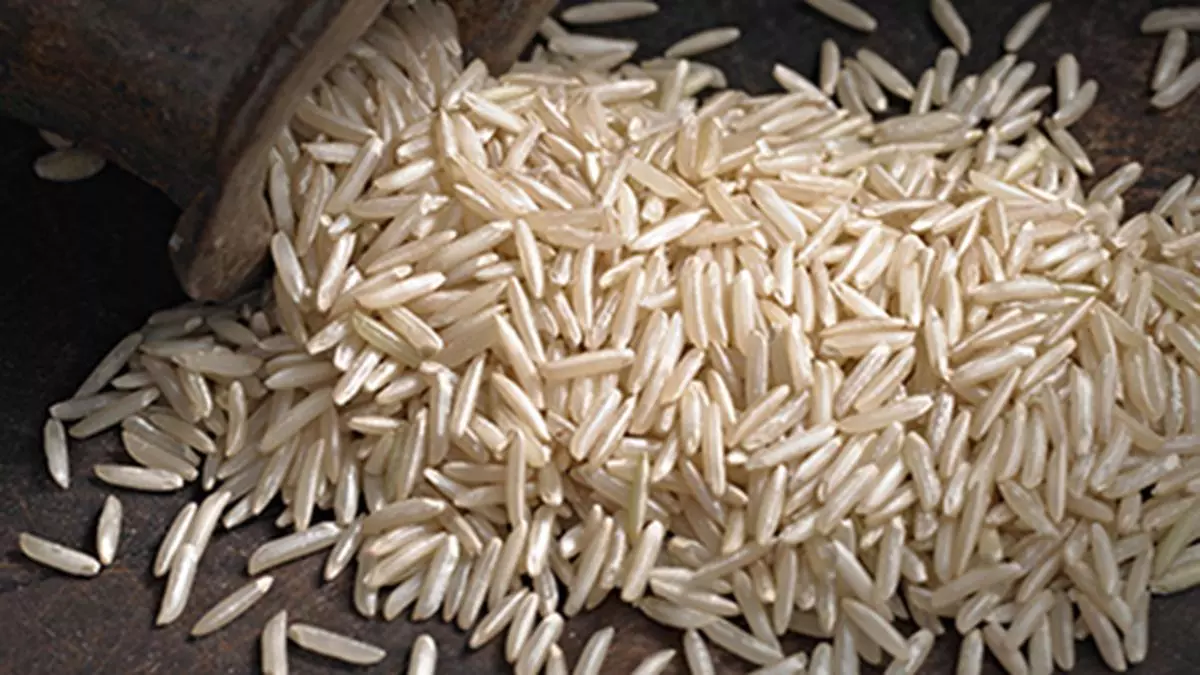Robust export demand likely for Indian basmati rice
Export demand for Basmati is likely to be robust this year, which is good news for farmers of the aromatic varieties ahead of the sowing season after they received record prices last year for their crop. A calibrated production may help them to thwart any kind of over supply situation that normally follows after a good year.
Basmati rice shipments rose to a record high of 5.24 million tonnes (mt) in 2023-24 fiscal against 4.56 mt in the previous fiscal, registering a growth of 15 per cent. In value term, exports of the aromatic rice were up at a new high of $5.83 billion over $4.78 billion or ₹48,389 crore against ₹38,525 crore. The per unit realisation has jumped too.
With more rejections of Pakistan’s Basmati rice due to not conforming to the maximum residue level (MRL) norm of the European Union and the likely recognition of India on the Geographical Indication (GI), Indian exports of the aromatic rice in the EU may register 0.5 mt higher in the current fiscal.
Geo-political situation
India had exported 152,881 tonnes of Basmati rice worth $166.81 million to EU countries in 2023-24, down from 164,138 tonnes worth $210.97 million in 2022-23, APEDA data show.
“The current geopolitical scenario in the West Asia indicates that the export of Basmati rice will increase in the upcoming season. Our exports to Europe will also significantly increase in view of improving quality from India. At earliest, India might receive Basmati GI from European authorities. This will significantly strengthen our exports in the global market,” said S Chandrasekaran, a foreign trade policy expert who wrote a book on Basmati GI.
- Also read: Basmati turns into $5-b export product
India had produced 9.85 mt of Basmati rice from 2.1 million hectare (mh) area during Kharif 2023, according to latest report commissioned by government’s agri export promotion agency APEDA. Basmati paddy price exceeded Rs 6,500/quintal (traditional variety) last year due to an anticipation of higher export demand following tensions in the middle east region.
As was anticipated, the APEDA report has confirmed the drop in production in Haryana last year which led to Punjab becoming the largest producer of Basmati rice. The data show that Basmati rice production in Haryana was 3.68 mt and in Punjab was 3.84 mt. Though Haryana’s Basmati area increased to 0.78 mh in 2023 from 0.66 mh a year earlier, there was yield losses due to floods and heavy rains. But, Punjab last year saw record area under Basmati at 0.81 mh, up from 0.59 mh in 2022.
